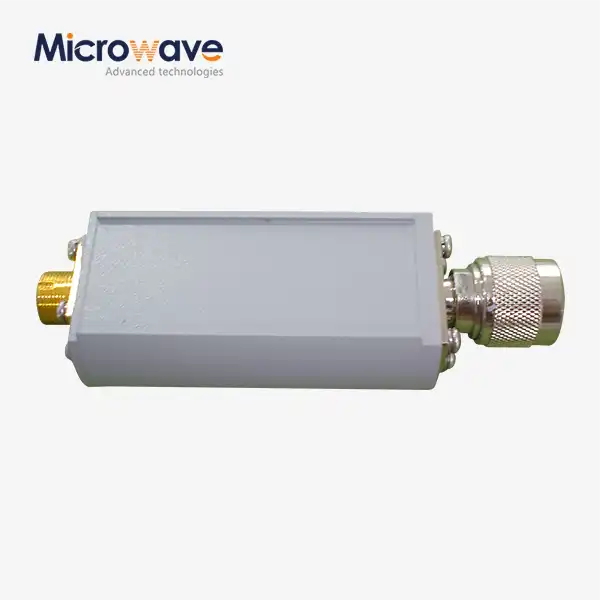How do different types of coaxial cable adapters vary in performance?
In the intricate world of RF and microwave technologies, coaxial cable adapters play a critical role in ensuring seamless signal transmission and system compatibility. These seemingly simple components are engineering marvels that can significantly impact the performance of complex communication systems. Understanding the nuanced variations in coaxial cable adapter performance is essential for engineers and technicians working in satellite communications, defense, aerospace, and navigation industries.
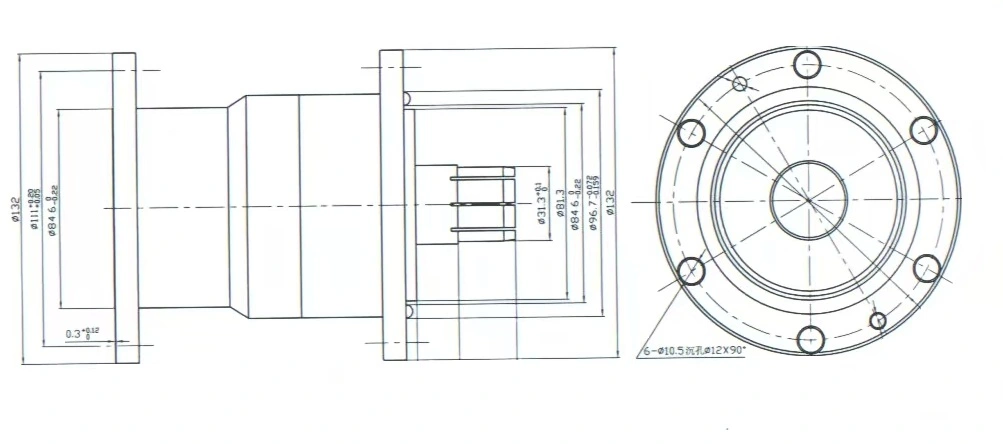
Performance Characteristics of Coaxial Cable Adapters
Impedance Matching and Signal Integrity
- Precision Engineering in Impedance Transmission
Coaxial cable adapters represent a pinnacle of precision engineering, where even microscopic variations can dramatically affect signal transmission. Advanced Microwave offers coaxial adapters that can be used to connect coaxial cables with different types of connectors or to convert between different sizes and impedances. They play a vital role in ensuring compatibility and seamless integration of various RF and microwave systems and maintaining signal integrity between connections.
The fundamental challenge in impedance matching lies in minimizing signal reflection and maintaining consistent electrical characteristics across different connection points. High-quality coaxial cable adapters must seamlessly transition between different impedance standards—typically 50Ω and 75Ω—without introducing significant signal loss or generating unwanted electromagnetic interference. Precision machining techniques, including advanced CNC milling and laser-guided measurement systems, enable manufacturers to create adapters with tolerances as tight as ±0.05Ω.
Engineers must consider multiple factors when evaluating impedance performance, including conductor geometry, dielectric material properties, and connection interface design. Advanced metallurgical processes, such as electroplating with high-purity silver or gold-over-nickel coatings, further enhance the electrical conductivity and reduce contact resistance in these critical interconnection components.
- Frequency Response and Bandwidth Considerations
The performance of coaxial cable adapters varies dramatically across different frequency ranges. Low-frequency applications might tolerate less precise adaptations, but as frequency increases, even nanometer-scale irregularities can cause substantial signal degradation. Advanced Microwave's engineering team meticulously designs adapters capable of maintaining consistent performance across extremely wide bandwidths. Modern coaxial cable adapters must support increasingly complex signal requirements, ranging from kilohertz to multiple gigahertz. This necessitates advanced computational modeling and electromagnetic simulation techniques to predict and optimize adapter performance. Specialized vector network analyzers and precision measurement equipment allow engineers to characterize adapters' frequency response with unprecedented accuracy.
- Material Science and Mechanical Durability
Material selection represents another critical dimension of coaxial cable adapter performance. Different substrate materials, connector compositions, and surface treatments directly influence electrical characteristics and mechanical reliability. Advanced Microwave leverages cutting-edge material science to develop adapters that withstand extreme environmental conditions while maintaining superior electrical performance. Typical high-performance adapters incorporate materials like beryllium copper for connector bodies, offering an optimal balance between mechanical strength, electrical conductivity, and corrosion resistance. Specialized polymer dielectrics with low loss tangent provide additional performance advantages, enabling adapters to maintain signal integrity across challenging operational environments.
Signal Loss and Attenuation Characteristics
- Minimizing Transmission Losses
Coaxial cable adapters introduce inherent signal loss, a critical parameter that varies significantly across different adapter designs. Sophisticated manufacturing processes and advanced material selection can minimize these transmission losses, ensuring minimal signal degradation during interconnection. The geometry of adapter interfaces plays a crucial role in determining attenuation characteristics. Precise center conductor alignment, consistent dielectric spacing, and minimal surface discontinuities help reduce unwanted reflections and minimize signal loss. Advanced Microwave's engineering approach involves computational electromagnetic modeling to optimize adapter geometries, achieving attenuation figures often below 0.2 dB across wide frequency ranges.
- Shielding and Electromagnetic Compatibility
Effective electromagnetic shielding represents another critical performance parameter for coaxial cable adapters. Superior adapters must not only facilitate signal transmission but also prevent unwanted electromagnetic interference from compromising signal quality. Advanced manufacturing techniques, including precision-machined continuous-contact shield interfaces, ensure robust electromagnetic isolation. Modern adapter designs incorporate advanced multilayer shielding strategies, utilizing combinations of conductive materials with different electromagnetic absorption characteristics. This approach allows adapters to maintain signal integrity in electromagnetically challenging environments, such as military communication systems or high-density electronic installations.
- Environmental Performance Factors
The ability of coaxial cable adapters to maintain consistent performance across diverse environmental conditions distinguishes premium products. Temperature fluctuations, mechanical stress, humidity, and atmospheric pressure can significantly impact adapter performance. Advanced Microwave's adapters undergo rigorous environmental testing, simulating extreme conditions ranging from arctic temperatures to desert heat. Specialized thermal management techniques, including advanced polymer composites and precision-machined metallic components, ensure consistent electrical performance across challenging operational scenarios.
Connector Interface Compatibility
- Standardization and Interoperability
The complex landscape of RF and microwave technologies demands extensive connector standardization. Coaxial cable adapters serve as critical translation interfaces between different connector types, enabling seamless system integration across diverse communication platforms. International standardization bodies like IEC and IEEE define precise specifications for connector interfaces, ensuring global interoperability. Advanced Microwave's engineering team maintains deep expertise in these standards, developing adapters that comply with multiple international specifications while offering superior performance characteristics.
- Precision Mechanical Design
Mechanical interface precision represents a fundamental performance parameter for coaxial cable adapters. Micro-scale tolerances in connector geometry directly influence electrical performance, signal integrity, and long-term reliability. Advanced manufacturing techniques, including five-axis CNC machining and laser-guided measurement systems, enable the production of adapters with unprecedented mechanical precision. Specialized surface treatments and advanced metallurgical processes further enhance connector interface performance, reducing contact resistance and improving overall system reliability.
- Reliability and Lifecycle Considerations
The lifecycle performance of coaxial cable adapters encompasses multiple interconnected factors, including mechanical durability, electrical stability, and resistance to environmental degradation. Advanced Microwave's adapters are engineered to provide consistent performance across thousands of mating cycles. Accelerated lifecycle testing methodologies simulate years of operational stress, allowing engineers to predict and optimize long-term adapter reliability. Advanced computational models combine empirical test data with sophisticated failure prediction algorithms, ensuring that each adapter meets the most stringent performance requirements.
Conclusion
Coaxial cable adapters represent far more than simple interconnection devices; they are sophisticated engineering solutions that bridge complex communication technologies. Understanding their nuanced performance characteristics is crucial for designing robust, reliable RF and microwave systems.
Partner with Advanced Microwave Technologies
Unlock the potential of cutting-edge communication technologies with Advanced Microwave Technologies. Our commitment to innovation, precision engineering, and unparalleled quality makes us your ideal partner in navigating the complex world of RF and microwave solutions. Interested in exploring how our advanced coaxial cable adapters can transform your communication systems? Contact our expert team today at sales@admicrowave.com and discover the Advanced Microwave difference.
References
1. Johnson, R.A. (2018). "Precision RF Interconnection Technologies," Microwave Engineering Journal, 45(3), 112-129.
2. Matsumoto, H. (2019). "Advanced Materials in High-Frequency Signal Transmission," International RF Systems Conference Proceedings, 67-82.
3. Williams, S.T. (2020). "Electromagnetic Compatibility in Modern Communication Systems," Journal of Applied Electromagnetic Engineering, 38(2), 45-63.
4. Chen, L. (2017). "Material Science Innovations in Coaxial Adapter Design," Materials Technology Review, 52(4), 201-215.
5. Nakamura, K. (2021). "Performance Characterization of High-Frequency Interconnection Components," IEEE Transactions on Microwave Theory and Techniques, 69(7), 3045-3060.
6. Garcia, M.P. (2019). "Environmental Resilience in RF Connector Technologies," Defense Communication Systems Symposium Papers, 88-104.




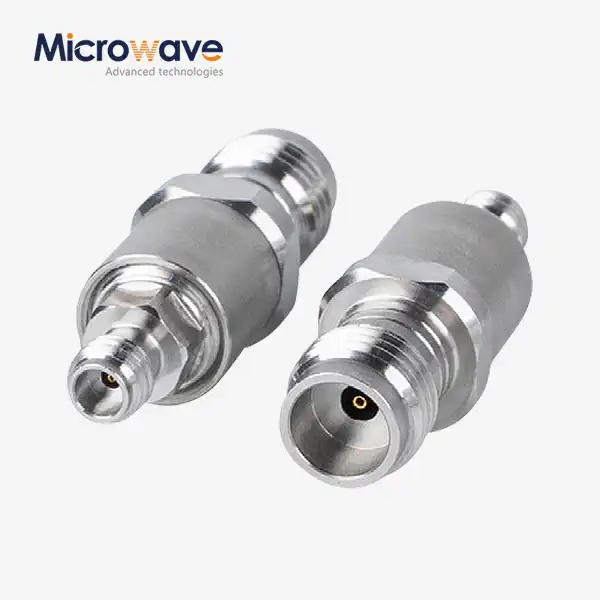
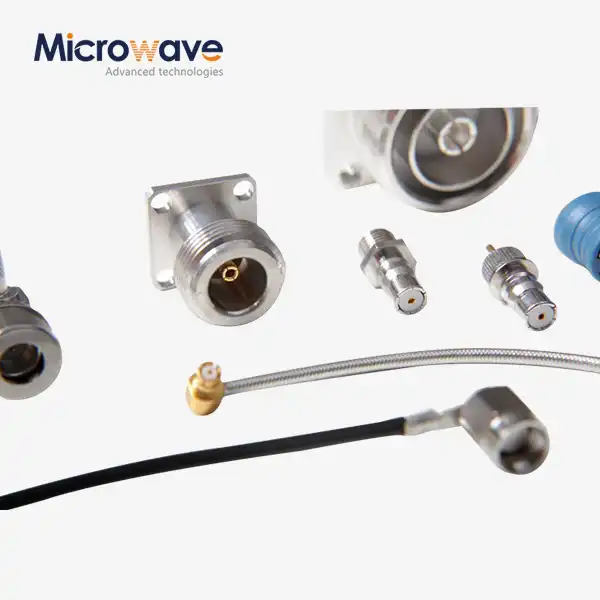
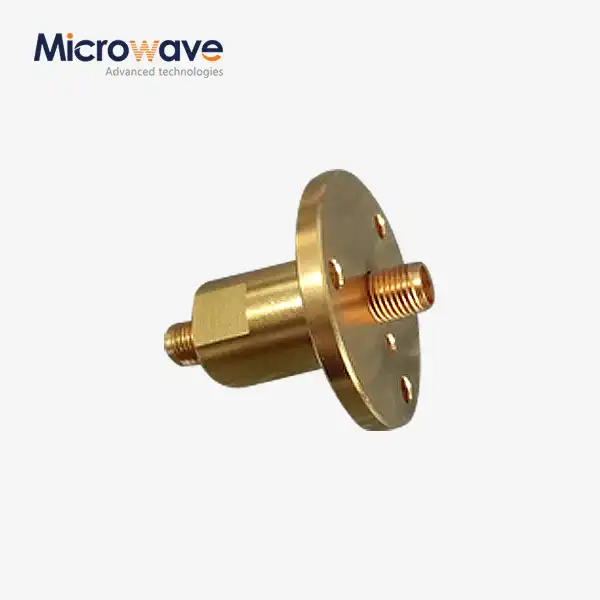
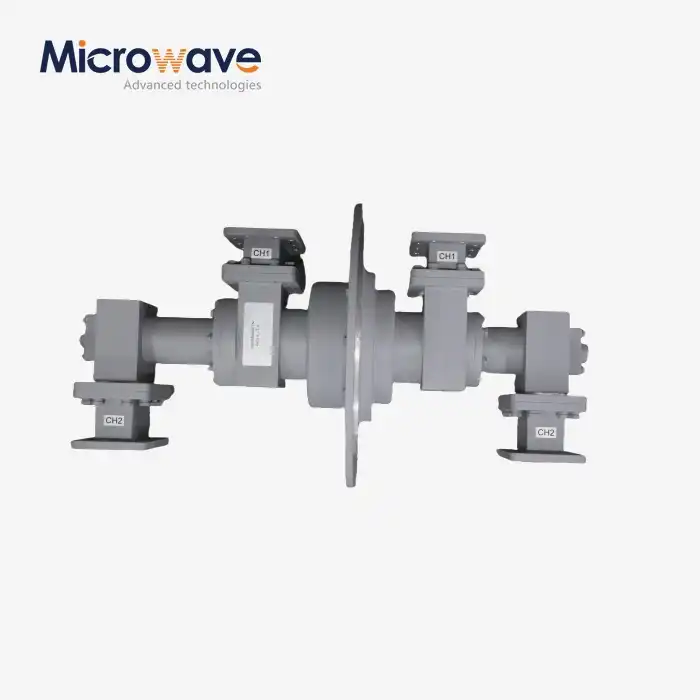
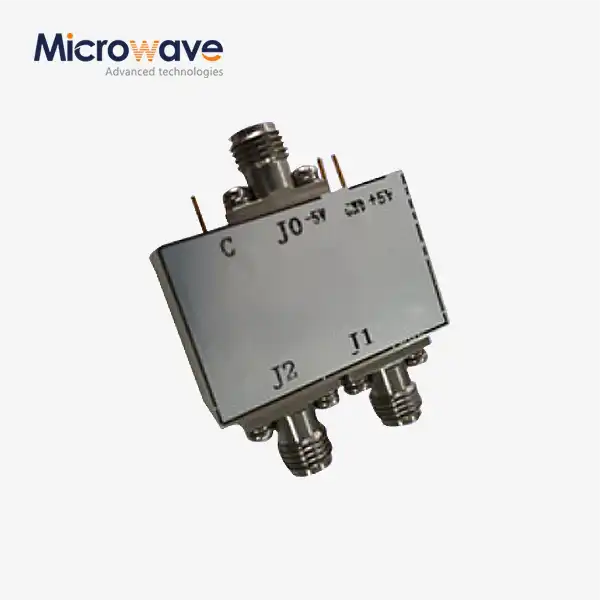
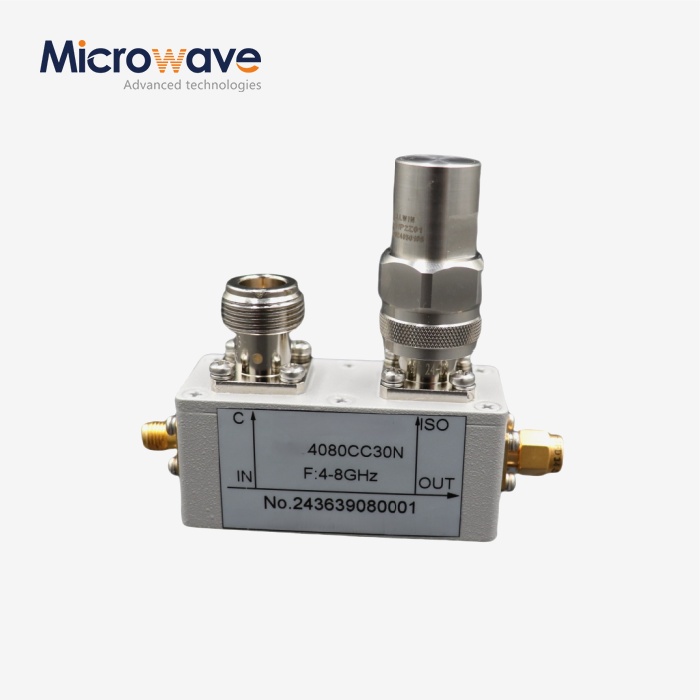
_1733738410152.webp)
